.Do you want to know when to deep condition your natural hair?
This may seem like a simple question that requires a simple answer, but it’s not that straightforward! Also, deep conditioning is a crucial step in our hair care routine.
To all my curly-haired queens and kings, we know that maintaining our natural hair can sometimes be a roller coaster ride. I’m here to ensure that the ride starts to run as smoothly as possible! Our hair requires special care and attention to keep it healthy and thriving. When exactly should we indulge in this luxurious treatment of deep conditioning? I’ve got a few tips on when to deep condition natural hair – and factor #2 is key!
Ready to learn these tips? Let’s go!
Quick Question: Are you frustrated or tired of not knowing how to properly take care of your natural hair? Join our email list where we provide the best tips, tricks, and product suggestions for your kinks, coils, and curls so you can wear them confidently!
This post contains affiliate links, which means I may receive a small commission, at no cost to you, if you make a purchase through a link.
When to Deep Condition Natural Hair – Factor #2 is Key
Understanding Deep Conditioning
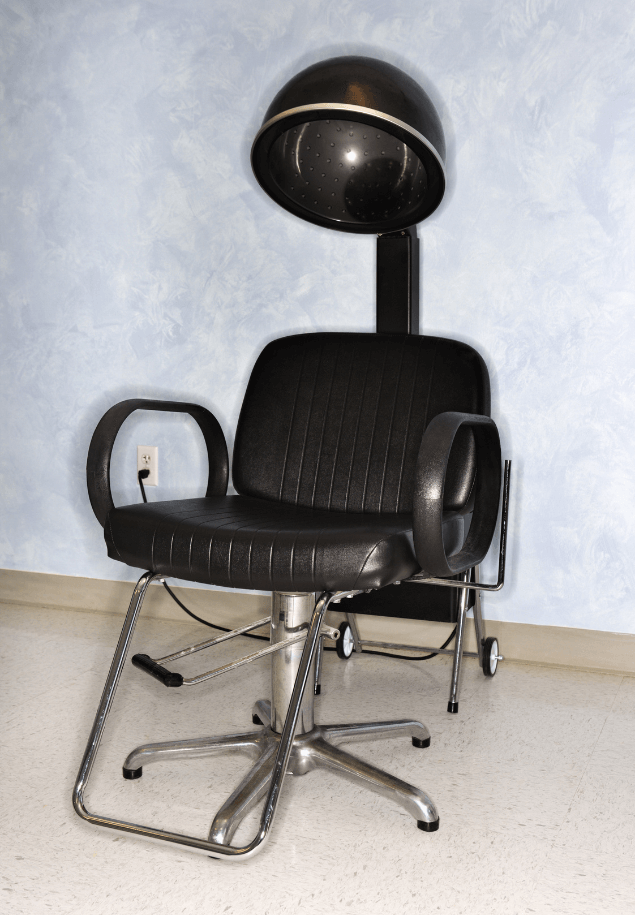
Before diving into the specifics, let’s quickly refresh our memory on deep conditioning. Deep conditioning is a process that involves applying a moisturizing or strengthening treatment to the hair and leaving it on for about 20-30 minutes. Using a hooded dryer, bonnet dryer, or steamer after applying the deep treatment would really help it to penetrate your hair strands while providing intense hydration, replenishing lost moisture, and restoring elasticity.
Deep conditioning can be done with various products, such as hair masks, conditioners, or DIY treatments using natural ingredients like avocado, coconut oil, or Shea butter.
RELATED: Natural Hair Care Tips!
Key Factors Influencing Deep Conditioning Frequency

Before we get into the tips, let’s talk about some key factors to consider when deciding how often to deep condition. The frequency of deep conditioning depends on moisture levels, hair porosity, styling practices, and the overall health of your hair. Let’s take a closer look at these factors and how they affect the timing of deep conditioning sessions.
1. Moisture Levels
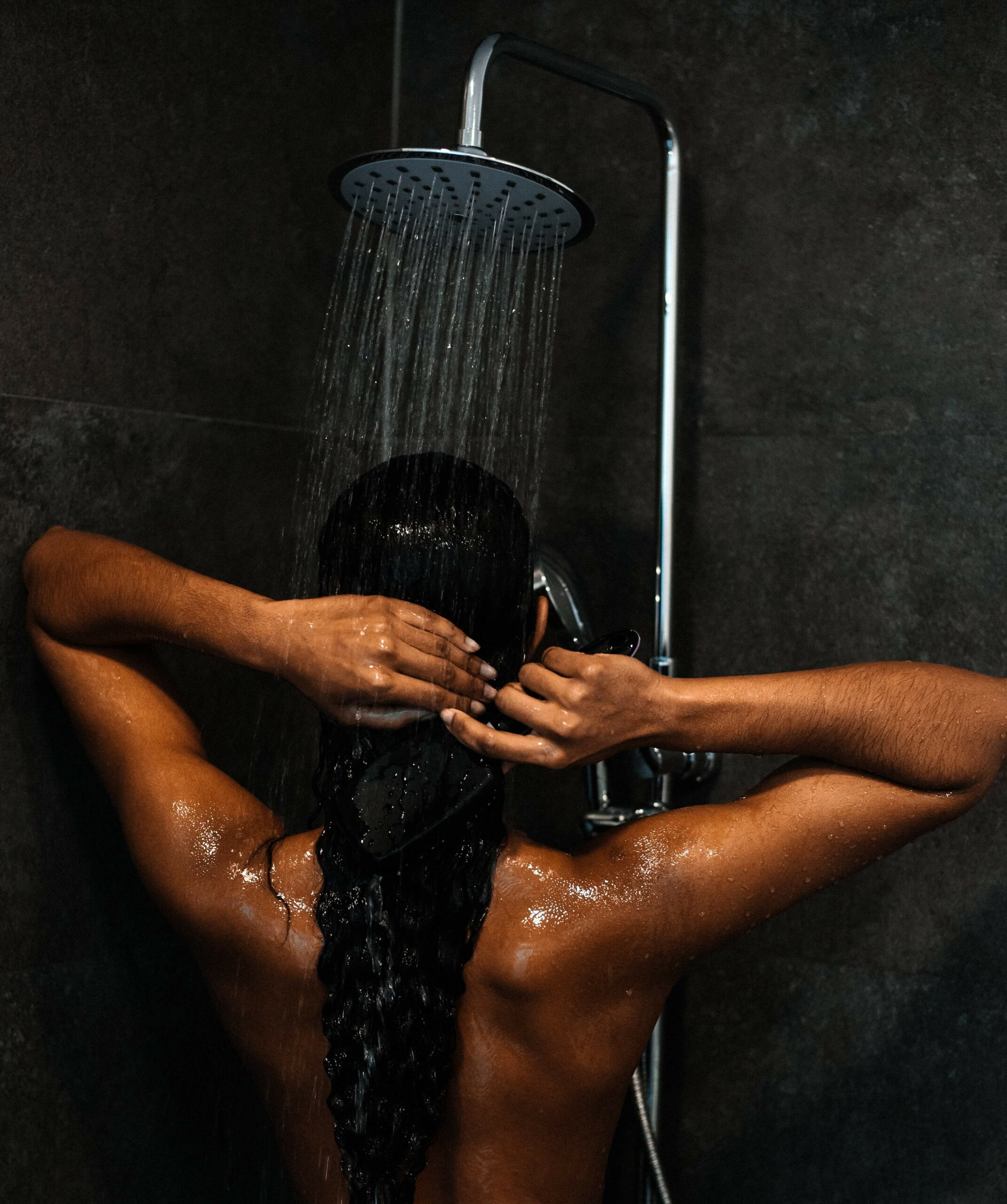
The moisture level of your hair is extremely important to take into consideration. If it feels dry and experiences excessive breakage, it may be a sign to deep condition your hair more frequently. On the contrary, if your hair feels hydrated and retains moisture well between washes, then deep condition it less frequently.
2. Hair Porosity
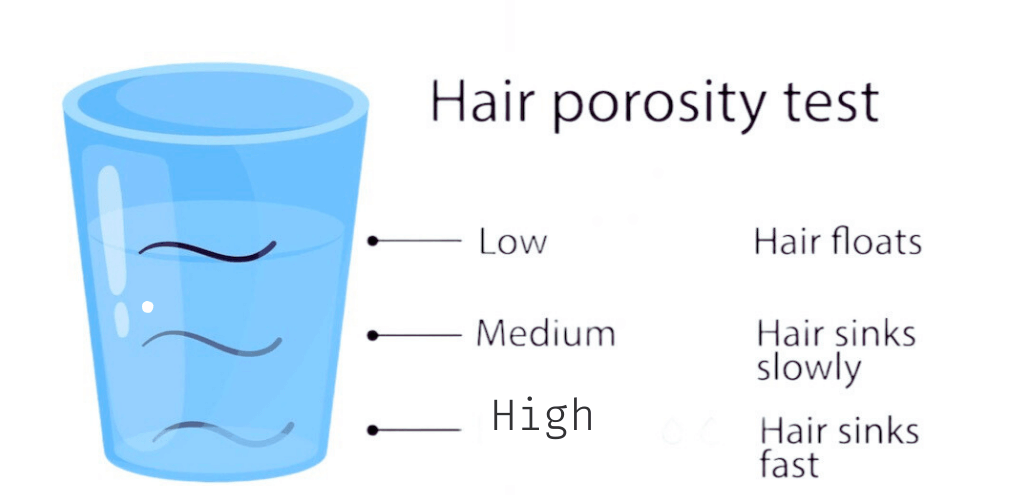
Hair porosity refers to your hair’s ability to absorb and retain moisture. There are three types of hair porosity – low, medium, and high. For more info about porosity and how to determine yours, read about it here. Furthermore, understanding your hair’s porosity level is crucial in determining how often you should deep condition it.
If you have low porosity hair, it can be challenging for moisture to penetrate the strands. In this case, deep conditioning is generally sufficient once a week or every two weeks.
On the other hand, high porosity hair, may require more frequent deep conditioning (e.g., every week) to seal in moisture effectively. The lesser talked about porosity is medium. This type is pretty balanced – it does not struggle with absorbing moisture or keeping it in.
If you have medium porosity hair, then consider yourself lucky!
RELATED: Caring for Low Porosity Hair
3. Styling Practices
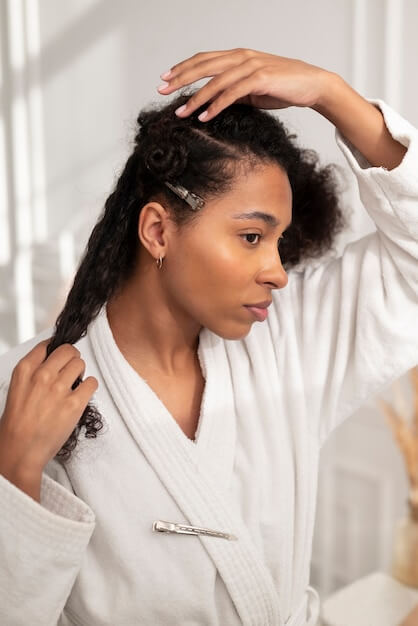
The way you style your hair also influences how often you should deep condition it. Certain styling practices, such as heat styling, chemical treatments, or protective styles like braids or extensions, can cause damage or moisture loss. It’s essential to compensate by deep conditioning more often to repair and nourish your hair.
4. Hair Health
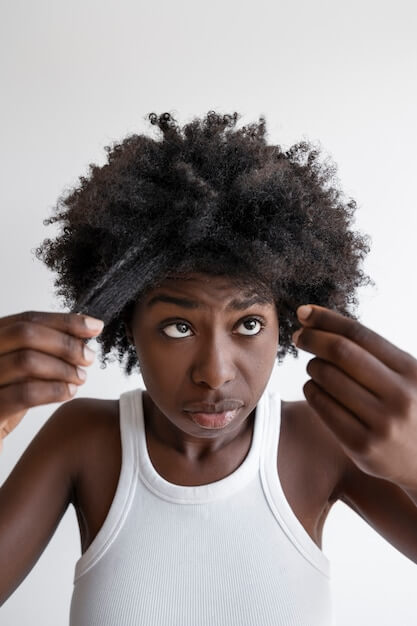
The overall health of your hair plays a significant role in determining deep conditioning frequency. If your hair is damaged, brittle, or has undergone significant chemical treatments, you may need to deep condition it a lot more to nurse it back to health. Once your hair recovers and achieves a healthier state, you can adjust the frequency accordingly.
Determining the Ideal Deep Conditioning Schedule

Based on the factors mentioned above, here are the tips to help you determine when to deep condition your natural hair:
Weekly Deep Conditioning

If you have high porosity hair or experience excessive dryness and breakage, consider deep conditioning once a week. This will help replenish moisture and maintain the health of your hair. Frequently engaging in heat styling, chemical treatments, or protective styles requires weekly deep conditioning. It is essential to minimize damage and restore vitality.
Bi-Weekly Deep Conditioning

If you have low porosity hair, your hair retains moisture well, and you’re not experiencing excessive dryness, then deep conditioning every two weeks should be sufficient to maintain healthy hair. I have low-porosity hair and I normally wash on a bi-weekly basis. I use a deep conditioner on every wash day.
If your hair is in good condition, not prone to damage, and you’re consistent with your regular hair care routine, bi-weekly deep conditioning can provide the necessary moisture and nourishment.
Monthly Deep Conditioning

If you have highly manageable hair, medium or low porosity, and minimal styling practices that cause damage or moisture loss, you may opt for deep conditioning once a month. Also, minimal deep conditioning practices result in the quality of the products that you use in your hair and your technique.
There are naturals that wash/deep condition their hair just once a month – but I am not one of them. My hair needs extra love, but we are all different so it’s very important to nourish and care for your strands in the best way that seems fit for your routine.
Moreover, if you’ve recently recovered from hair damage and your hair is in excellent condition, monthly deep conditioning can help maintain its health and prevent future damage.
Remember, these tips serve as a starting point, but it’s crucial to listen to your hair’s needs and adjust the frequency accordingly. Pay attention to how your hair feels, looks, and responds to deep conditioning to find the perfect balance for your unique tresses.
So, there you have it!

Do you have a much better understanding of when to deep condition your natural hair? Finding the right balance will ensure that your hair receives the nourishment it craves, leading to beautiful, radiant curls that you’ll love showing off. I would love to help you take your deep conditioning routine to the next level!
Make sure to join our email list for more tips on maintaining healthy natural hair, style inspiration, and more! Become a part of the community today!
You Might Also Like:
